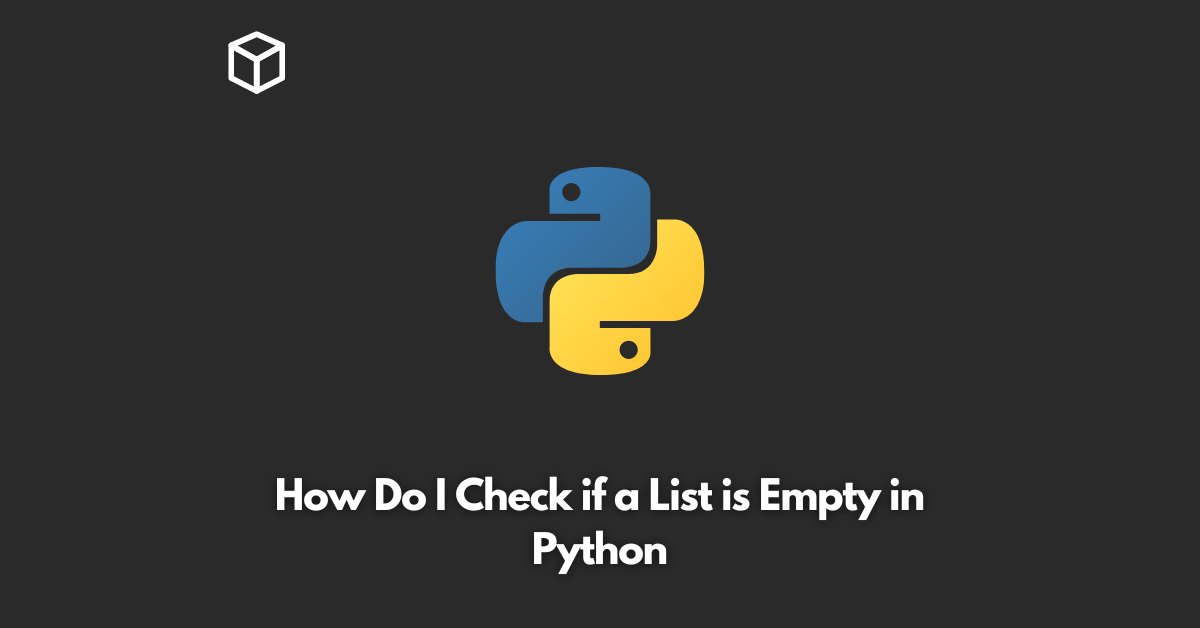As a programmer, you might come across a situation where you need to check if a list is empty or not in Python.
This can be achieved in a few ways, and in this post, we will explore all of them.
Whether you are a beginner or an intermediate Python programmer, this article will provide you with a comprehensive understanding of how to check if a list is empty in Python.
Introduction to Lists in Python
Before diving into the topic, let’s first understand what lists are in Python.
A list is a collection of items that can be of different data types, such as integers, strings, or even other lists.
Lists are ordered, mutable, and can have duplicate elements. In Python, lists are defined using square brackets, [].
Here’s an example of how to define a list in Python:
fruits = ["apple", "banana", "cherry"]
Checking if a List is Empty in Python
There are several ways to check if a list is empty in Python, and we will discuss each one of them in detail.
Method 1: Using the len() Function
The len() function is a built-in function in Python that returns the number of elements in a list.
To check if a list is empty, we can compare its length to 0. If the length of the list is 0, it means that the list is empty.
Here’s an example:
fruits = []
if len(fruits) == 0:
print("The list is empty")
else:
print("The list is not empty")
Output:
The list is empty
Method 2: Using the not Operator
Another way to check if a list is empty is to use the not operator.
The not operator returns True if the given expression is False, and False if the given expression is True.
Here’s an example:
fruits = []
if not fruits:
print("The list is empty")
else:
print("The list is not empty")
Output:
The list is empty
Method 3: Comparing the List Directly to an Empty List
We can also directly compare the list to an empty list using the == operator.
If the list is equal to the empty list, it means that the list is empty.
Here’s an example:
fruits = []
if fruits == []:
print("The list is empty")
else:
print("The list is not empty")
Output:
The list is empty
Conclusion
In this article, we have explored three different methods to check if a list is empty in Python.
Using the len() function, the not operator, and comparing the list directly to an empty list are all efficient ways to check if a list is empty.
No matter which method you choose, it’s important to understand how each one works to make the most of your programming experience in Python.
I hope this article has helped you understand how to check if a list is empty in Python.
If you have any questions or suggestions, please leave a comment below.




